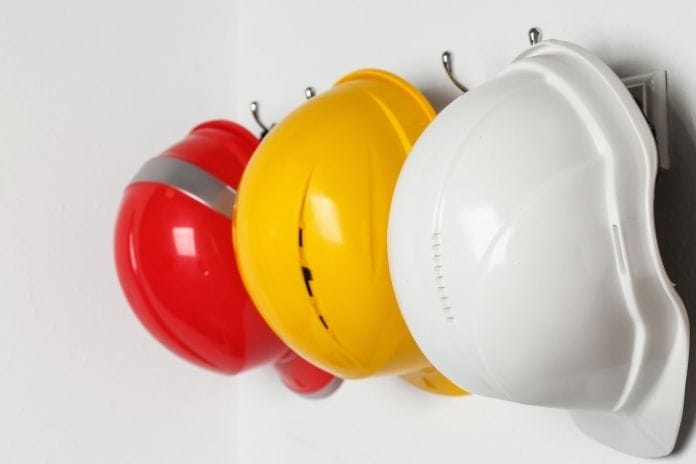When it comes to protecting yourself on a job site, few things are as important as your PPE, or personal protection equipment. Whether it be the risk of impact or electrocution, these items shield you from many common workplace hazards and maximize safety. Hard hats are one specific type of work wear that protects your head from concussive force as you work near potentially falling objects. However, there’s more to consider when choosing one of these items than you might initially think. These are the OSHA-approved hard hat types and class standards and what they mean for you as a worker.
Hard Hat Types
For starters, regulation hard hats have type specifications to distinguish their levels of impact protection. These categories tell you what parts of the hat provide the most support and which ones are the most resistant to impact. This knowledge allows you to choose the protective equipment that best suits the specific environment that you’ll be working in.
Type 1
Type 1 hard hats provide the most protection along the very top of a person’s head. It blocks any force, should something like a hand-held tool fall from above. Type 1 models are often the hard hat of choice in the United States, as most concussive hazards are from a plummeting object.
Type 2
Type 2 hard hats, on the other hand, are a bit more protective than type 1, as they reduce impact from various off-center angles. As such, they make a great all-around option when you aren’t sure what you’re going to be up against.
Hard Hat Classes
But the different types aren’t all there is to know. In fact, you must know about hard hat types and class standards together to make the best choice for your work. Class, in contrast to type, indicates the amount of electrical resistance the specific model has. This supplies you with the optimal amount of protection when working near power lines and live circuits.
Class G
Class G hats, otherwise classified as general models, provide electrical resistance up to 2,200 volts. They also protect against impact and work well around lower-voltage electrical conductors.
Class E
Class E, or electrical, hats are one step higher and are tested at 20,000 volts. They’re the best option for working around higher-voltage conductors and can resist penetration from blunt objects, depending on the type.
Class C
Then, finally, class C hard hats provide no electrical protection at all. These models don’t have special insulation. In fact, they’re made of aluminum, which conducts electricity. This means that workers shouldn’t wear these anywhere near an active electrical hazard. They do, however, offer superior impact and penetration protection.








































